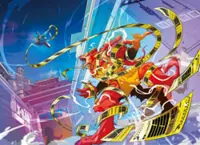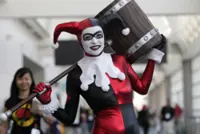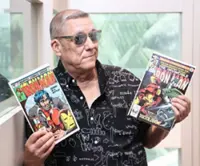Stacks of comics at Lau’s comic bookshop in Central Market, Kuala Lumpur. — Photos: AISYAH ANESEE/The Star
A CLASSIC way of telling stories using visuals is through comic books.
Readers flip the pages and get pulled in by the blend of colours, brush strokes, and artistic techniques as they take in the narrative presented.





